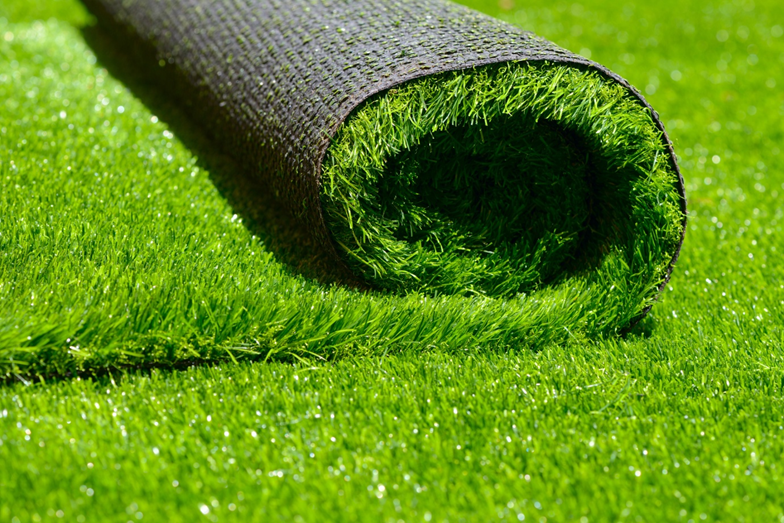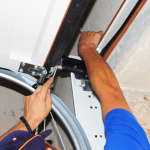Grass lawns across the US use 2.4 million tons of fertilizer. Excess fertilizer from America’s largest crop runs into waterways and kills animals. It’s not a sustainable way to keep a vibrant green lawn year-round.
Installing artificial grass means you won’t need pollutants like fertilizer and pesticides. It also cuts back on the time you spend mowing, seeding, and weeding the lawn.
Artificial grass is a breeze to maintain, but it does need a skilled hand to install. You can handle the artificial grass installation yourself if you learn a few tricks. This guide gives you everything you need to install artificial turf so it lasts for decades.
Plan Your Budget for Artificial Turf Installation
The hardest part of installing artificial grass is the starting cost. With a well-planned budget, you’ll avoid running out of money before finishing the lawn.
The first item on your budget is the artificial turf itself. The cost of artificial grass is calculated by the square footage of your yard. In the US, many homes come with over a quarter-acre of property to landscape.
Once you find the square footage for your lawn, it’s time to pick your faux turf. High-end artificial grass costs over $20 per square foot. The cheapest faux turf runs around $5 per square foot.
Prepare the Ground Before Installing Artificial Grass
To ensure your fake grass lasts past its warranty, it needs the right foundation. Muddy yards leave fake grass covered in a slippery fungus that could hurt your family.
Once your old lawn dies down, level out the yard and cover it with a weed barrier. It stops weeds and any remaining grass from growing under the turf. Without this step, your fake grass will look lumpy after a while.
If your yard has poor drainage, the next step is adding a base layer. Professionals use crushed gravel and sand mixtures on top of the weed barrier. Pack down the base layer to make sure it’s flat to prevent trip hazards.
Artificial Grass Installation Problems to Avoid
Artificial grass installation is much like putting in a new carpet. They’re both usually sold in rolls that you lay out and secure around the edges.
Here are a few beginner’s mistakes you need to watch out for:
- Failing to match the direction of the faux grass blades
- Dragging the artificial turf across the packed base
- Not leaving seam allowance
- Not using a combination of seam tape and turf glue
- Leaving the turf’s edges loose
- Using a crumb rubber infill instead of sand
A lesser-known problem for artificial turf is what happens on south-facing lawns. When light reflects off the windows all day long, it hits the turf. During the summer, the reflected sun is hot enough to melt artificial grass.
Don’t Let the Cost of Turf Keep You From Creating the Lawn of Your Dreams
Installing artificial grass comes with a hefty price up-front, but it’s worth it. Within a few years, the money you save on lawn care is as much as you paid to switch.
Installing fake grass means your yard won’t die from frost every year. Think of how much time you’ll spend relaxing on the lawn instead of seeding it.
Ready to liven up your garden after installing your new lawn? Browse our blog for trendy ideas and helpful articles.



